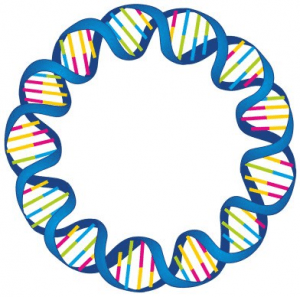 This webcast features: Jenny England, Staff Scientist, Innovation & Applications, Thermo Fisher
This webcast features: Jenny England, Staff Scientist, Innovation & Applications, Thermo Fisher
The advancement of gene therapy and plasmid DNA (pDNA) vaccines has highlighted the need for the development of a large-scale purification process to produce high purity plasmid DNA. Plasmid DNA serves as a foundation to produce viral vectors such as adenoassociated virus (AAV) or lentivirus (LV), a template for mRNA production during the in vitro transcription reaction and can be used directly as a pDNA vaccine. The typical downstream process for pDNA consists of an anion exchange (AEX) and hydrophobic interaction chromatography (HIC) step. However, despite the increase in demand for pDNA, production of large quantities of high purity pDNA with current downstream processes remains a challenge due to low binding capacity, RNA removal, and separation of pDNA isoforms.
In this webinar, we will discuss the optimization of a capture step for the purification of a 5.3 kbp pDNA using Thermo ScientificTM POROSTM AEX resins. The Design of Experiments (DoE) approach, using small high-throughput screening columns, was completed to determine the optimal conditions for three different anion exchange chromatography resins with different surface chemistries. The greatest dynamic binding capacity was observed for a weak ion exchange resin (15 g/L) on 1-mL columns and these optimized conditions were confirmed using a scaled-down model. The advantages of POROSTM resins in terms of pDNA binding capacity and impurity removal will be discussed to illustrate the capabilities of these chromatography media to facilitate the development of a large-scale plasmid purification process that can meet the growing demands of gene therapy and vaccine therapeutics.
Pharmaceutical Grade Reagent. For Manufacturing and Laboratory Use Only.
Just fill out the form below to watch the recorded webcast now.
